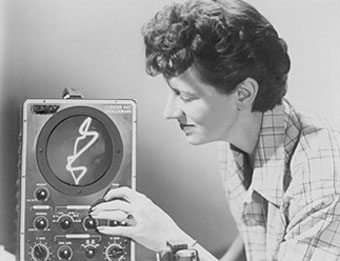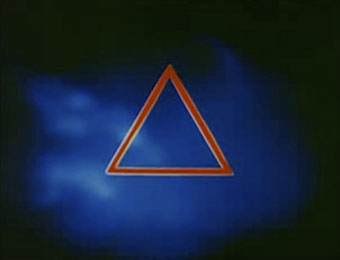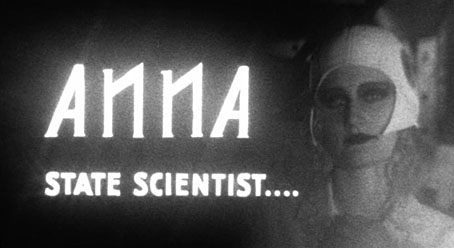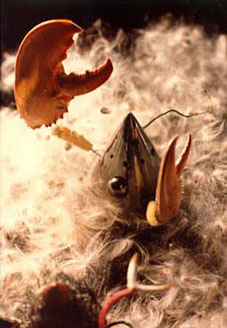Mary Ellen Bute.
Last week I noted the appearance at Ubuweb of Mary Ellen Bute’s little-seen Passages from James Joyce’s Finnegans Wake. News comes this week of an exhibition of her abstract films at sketch, London.
sketch presents the first gallery survey exhibition of abstract film by Mary Ellen Bute (b. Houston, Texas 1906, d. 1983).
From 1934–1957 Mary Ellen Bute made fourteen short films pioneering techniques with light, sound and the moving image. Her work involved collaborating with artists, musicians, inventors and others who adopted a scientific experimental approach to creating sound and optical effects. In addition to sampling hand processes such as drawing and painting directly on film the work features imagery created automatically by a custom-built, cathode-ray oscilloscope. She can one of the first woman artists to experiment with the medium but unlike contemporaries Hans Richter (b. 1888), Len Lye (b. 1901) and Oskar Fischinger (b. 1900) her work remains largely unknown. This exhibition brings together a complete chronology of her abstract films, most of which have never been shown in Britain and for the first time will present her work as a multi-screen installation using sketch’s twelve projectors. This exhibition has been curated by Michelle Cotton who has included Bute’s work in survey of artist film distributed by the Independent Cinema Office. Essentials: Modernity will be released nationwide later this year.
A publication featuring essays and previously unpublished material will be published by ALMANAC to be launched in September 2008. ALMANAC is curatorial studio and independent imprint run by Andres Bonacina, Victoria Brooks, James Lambert & Anne Low.
The exhibition runs from 26 July to 13 September, 2008.
Synchromy No. 4: Escape.
For those of us not in London, there’s always YouTube which has a small selection of Ms Bute’s work and in decent quality for once. The two later colour films are especially worth watching; Tarantella was a collaboration with Norman McLaren while Synchromy No. 4 used Bach’s Toccata and Fugue in D Minor two years before Disney’s similar sequence in Fantasia.
Mary Ellen Bute on YouTube:
• Rhythm in Light (1934)
• Dada (1936)
• Synchromy No. 4: Escape (1938)
• Tarantella (1940)
Elsewhere on { feuilleton }
• The abstract cinema archive






